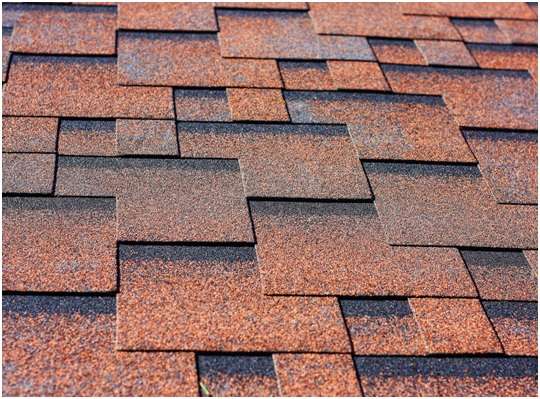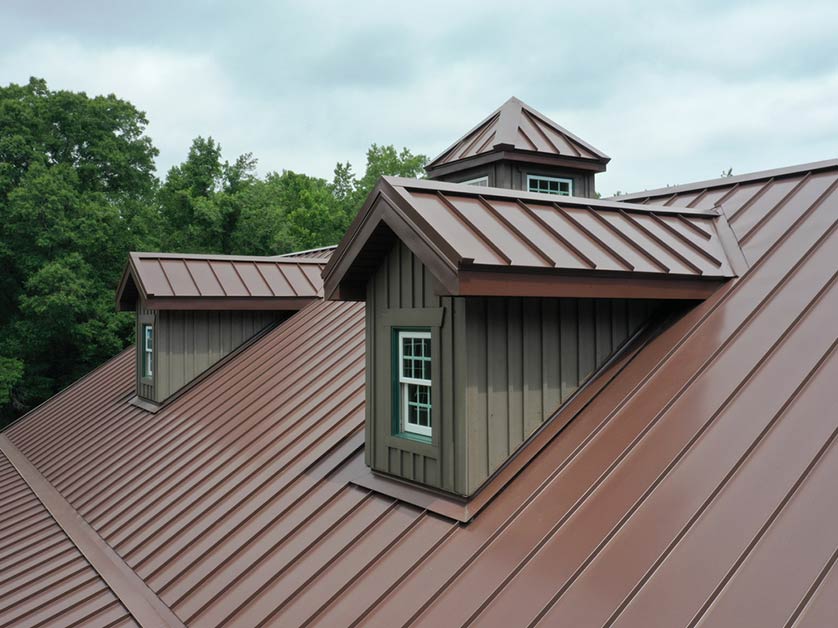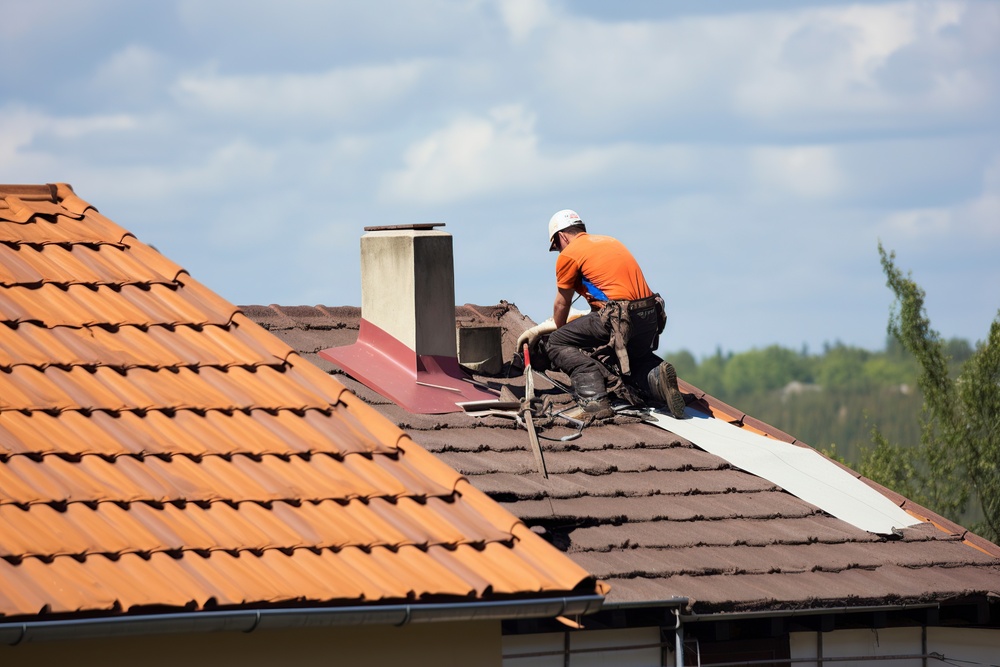Your roof is one of the most critical components of your home—and also one of the biggest investments, largely influenced by the choice of roof materials. But how long should it last? If you’re a homeowner in the Twin Cities, where weather can be harsh and unpredictable, it’s a question worth asking. In this post, we’ll explore the key factors that determine the lifespan of your roof, what to look out for, and how to protect your investment for the long haul.
Introduction to Roof Lifespan
Understanding the lifespan of a roof is crucial for homeowners and building owners alike. The longevity of a roof can vary significantly based on several factors, including the type of roofing material, the quality of installation, and the prevailing weather conditions. For instance, asphalt shingles, a popular choice for residential roofs, typically last between 15 to 30 years. Knowing what affects a roof’s lifespan can help homeowners make informed decisions about maintenance, repairs, and eventual replacement. Regular inspections and proper maintenance are key to extending the life of a roof, while neglecting these tasks can lead to premature wear and tear. By staying proactive, you can ensure your roof remains in good condition for as long as possible.
1. Roofing Material Matters
Not all roofing materials are created equal.
- Asphalt shingles (the most common): 20–30 years
- Architectural shingles: 30–50 years
- Metal roofing: 40–70 years
- Slate and tile: 50+ years
Roof shingles, particularly asphalt shingles, are a common choice due to their affordability and ease of installation, but their lifespan can vary significantly based on quality and maintenance.
A slate roof, made from metamorphic rock, can last over 100 years with proper maintenance, but its heavier weight requires a sturdy roofing structure.
Each material comes with different durability levels and maintenance needs. For example, asphalt is affordable and popular, but more prone to wear in extreme weather. In contrast, metal roofs withstand heavy snow and hail much better—ideal for Minnesota winters.
Regular roof repairs are essential to maintain the lifespan of materials like asphalt shingles, preventing minor issues from becoming major problems.
Choosing materials with a manufacturer’s warranty can significantly enhance the roof’s lifespan and provide protection against potential damage.
Related link: Learn more about our roofing services.
2. Types of Roofs and Their Characteristics
There are various types of roofs, each with its unique characteristics and expected lifespan. Asphalt shingle roofs, one of the most common types, generally last between 20 to 30 years. Metal roofs, known for their durability, can last anywhere from 30 to 50 years or more. Wood shingles, such as cedar shingles, offer a lifespan of 20 to 30 years, while slate tile roofs are incredibly long-lasting, with a lifespan ranging from 50 to 100 years or more. Flat roofs, often used on commercial buildings, typically last between 15 to 20 years. Understanding the characteristics and longevity of each type of roof can help homeowners choose the best option that fits their needs and budget.
3. Installation Quality
A roof is only as good as its installation. Even the best materials won’t perform if improperly installed, which is why choosing experienced roofing contractors like Krech Exteriors makes a difference. Our team follows manufacturer guidelines and Minnesota building codes to ensure your roof starts strong.
Related link: Read about our roof inspections and maintenance.
4. Twin Cities Weather
Climate plays a major role in roof aging. From sub-zero temperatures and heavy snowfall in winter to hot, humid summers, roofs in the Twin Cities go through a lot. UV radiation, extreme temperatures, ice dams, freeze-thaw cycles, and hailstorms all shorten roof lifespan unless proper materials and ventilation are in place. High winds can also cause significant damage, particularly to asphalt shingles and wood shingles, necessitating more frequent inspections and repairs.
Related link: Understand our storm restoration process.
5. Roof Ventilation & Insulation
Poor ventilation can trap heat and moisture, leading to premature damage. Ice dams, mold growth, and warped decking are often symptoms of inadequate attic airflow, highlighting the need for proper attic ventilation. Improper attic ventilation can lead to moisture build-up, which may cause a roof leak. Investing in proper roof ventilation and insulation will keep both your roof and your home in better shape year-round. Inadequate ventilation can also void roofing material warranties, leading to costly repairs.
Related link: Our home design services ensure your exterior systems work in harmony.
6. Maintenance & Inspections
Regular check-ups prevent expensive repairs. Most roofing issues start small—a lifted shingle, a blocked vent, minor flashing damage. Left unchecked, they grow into major headaches. Krech Exteriors offers scheduled inspections to catch problems early and help extend the life of your roof. Implementing preventative measures, such as regular inspections and timely repairs, can significantly enhance the durability of your roof. Cleaning gutters regularly is also crucial to prevent debris buildup that can cause roof damage.
Related link: Schedule a roof inspection today.
7. Age and Warning Signs
As your roof ages, it may start to show signs that it needs repair or replacement. Common warning signs include missing shingles, curled or buckled shingles, and visible wear around chimneys, vents, and skylights. Roof leaks are another critical indicator of potential problems. Regular inspections can help identify these warning signs early, allowing homeowners to address them before they escalate into major issues. It’s essential to work with a reputable roofing contractor to assess the condition of your roof and determine the best course of action. By catching problems early, you can extend the life of your roof and avoid costly repairs.
8. Roof Replacement Considerations
When it comes to roof replacement, several factors need to be considered. The cost of a new roof can be substantial, but it’s important to weigh this against the long-term benefits. A new roof can enhance energy efficiency, improve the home’s appearance, and increase its overall value. Homeowners should also consider the type of roofing material, the quality of installation, and the manufacturer’s warranty. Partnering with a reputable roofing company can help you navigate these considerations and make an informed decision. A well-chosen and properly installed roof can provide peace of mind and protect your home for many years to come.
9. Age and Warnings Signs
Know the age of your roof and watch for signs of wear:
- Curling, cracking, or missing shingles
- Damaged shingles can lead to leaks, which are the most common cause of roof failure.
- Sagging areas or soft spots
- Granules collecting in gutters
- Daylight through attic boards
- Higher energy bills from loss of insulation
If your roof is 20+ years old and showing multiple symptoms, it may be time to explore replacement options. Understanding your roof’s life expectancy can help you plan for timely repairs and replacements, ensuring your roof remains in good condition.
Related link: Learn when it’s time for a roof replacement.
10. Warranties & Guarantees
A strong warranty adds peace of mind. Krech Exteriors provides lifetime installation guarantees and works with top manufacturers like Owens Corning and GAF to ensure product warranties protect you long after installation. A comprehensive roof warranty can provide assurance about the longevity and protection of your roof.
Related link: Discover our craftsmanship guarantee.
Roof Lifespan and Cost Considerations
The lifespan of a roof is closely linked to its cost. While a more expensive roof may offer greater longevity, it’s essential to consider the overall cost of ownership. This includes the cost of maintenance, repairs, and eventual replacement. For example, asphalt shingles may be less expensive upfront but could require more frequent repairs and replacements. In contrast, metal roofs, though more costly initially, can last 30 to 50 years or more with minimal maintenance. Understanding the cost implications of each type of roof can help homeowners make an informed decision that aligns with their needs and budget. Regular maintenance and inspections are also crucial in extending the lifespan of a roof, ultimately reducing the overall cost of ownership.
Protect Your Roof Investment Today
Want your roof to last as long as possible? Start with a free inspection and get expert advice tailored to your Twin Cities home. Choosing durable materials and ensuring proper installation are key to achieving a long lasting roof.
Contact Krech Exteriors at (651) 349-6815 or request a free estimate today.




